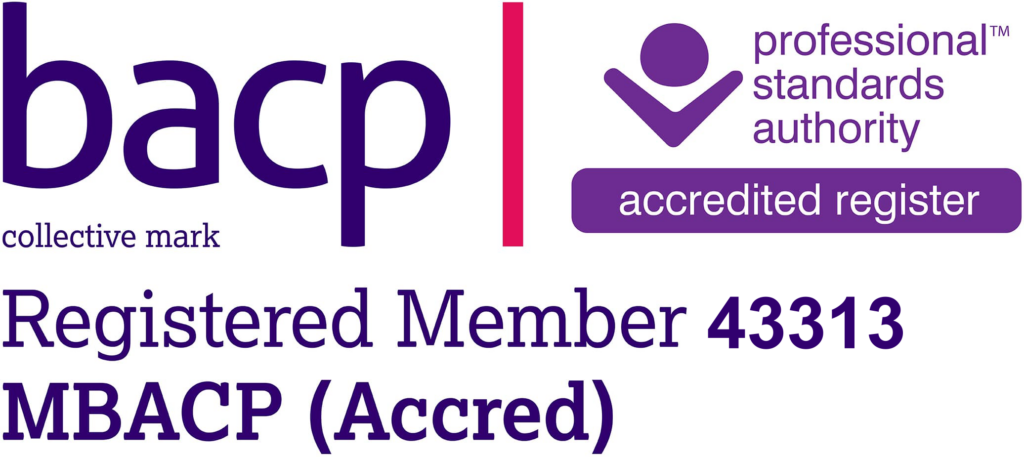On my bookshelves is an actor’s manual called ‘The Body Speaks’. In this wonderful book, Lorna Marshall explores, through theatre exercises, how the body mediates human experience.
As she says, ‘it is our body that climbs the mountain, whispers in another’s ear, trembles with excitement, notices the light change, grips the bag, tenses with fear, laughs with delight. It is our body that actually lives our life. Our minds may plan, and process, and recall, but it is the body that directly experiences the reality of the world.’
She goes on to call the body ‘a bridge’ between the inner life and the outside world; ‘once you are connected to your body and able to listen to it…in any situation you will begin to ‘hear’ subtle physical reactions and become aware of half-formed urges in your body. For example, you are listening to a political speech and you think you are processing the words calmly and dispassionately, but then you notice your jaw starting to clench. Your body is telling you something about what is really going on inside as you listen.’
So how does this apply to therapy? In my work I notice that speaking clearly about problems and self-analysis goes only so far. What dramatically deepens the therapeutic work is tuning into the body’s response – for the body is always giving messages about how you really feel and what you really think.
Sometimes those messages are clear, as in the butterflies in your stomach before an exam or the knot in your solar plexus after your first day at work. Sometimes they are more confusing – but hugely informative – as when you notice the pang in your heart when you see a picture of your ex on Facebook, the ex you thought you had got over years ago.
Noticing and understanding the body’s response connects people to themselves in a profound way. The body is always ‘speaking’, in all kinds of ways; through feelings of closing in on itself (as in tension) or the opposite, through opening out and feeling expansive. It also speaks in images which are located in an area of the body, like the image of butterflies in the stomach. Exploring these images or feelings can also release memories, memories which may have been reviewed before but now have a new intensity.
Connecting to the body can also be done in a more active way. Standing up and speaking out loud to the dead one you can’t forget or the parent you can’t forgive, is so much more profound and releasing than simply saying the words in discussion. It allows us to really inhabit how we feel. When we do this there can be a new and deeper understanding of the words, which is almost always followed by an inner shift – a move into real acceptance of just how things are for us, painful as they may be.
And this acceptance is the doorway to change.



